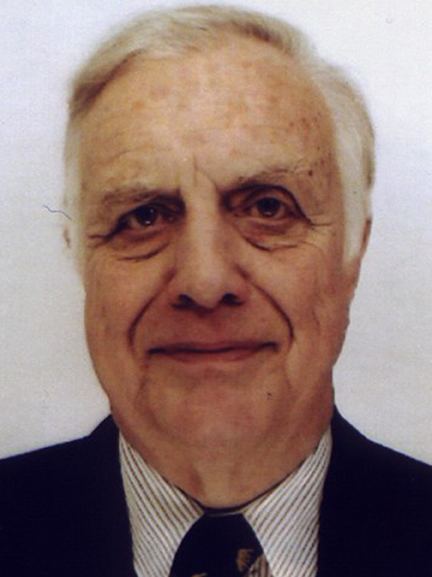Name Hans-Joachim Queisser | Role Author | |
 | ||
Books The Conquest of the Microchip | ||
Hans-Joachim Queisser (born 6 July 1931, Berlin, Germany) is a solid-state physicist. He is best known for co-authoring the 1961 work on solar cells that detailed what is today known as the Shockley–Queisser limit, which is now considered the key contribution in this field.
Queisser's father was a mechanical engineer for Siemens. In 1928 he travelled to the United States to work on power plants and asked his fiancée to join him. She wanted to return to Germany, and Hans Joachim was born shortly after their return in 1931, in Berlin. He was in Dresden during the air raid in 1945 and states that he survived "barely". His father was sent to the Soviet Union after the war, and Queisser wanted to enter the University of Berlin through an apprenticeship program and working as a technician at a research institute in Berlin. However, he instead applied for a scholarship in the United States and was accepted to the University of Kansas for 1951 and 1952. He returned to Germany and obtained his Ph.D. in physics at the University of Göttingen in 1958.
After Goettingen he was accepted at Shockley Transistor Corporation in Mountain View, California, where he worked on crystal growth, epitaxy, diffusion, lattice defects, junction properties and solar cells. It was during this time that he and Shockley calculated the maximal theoretical efficiency of silicon solar cells to be around 31%. He and his co-worker Richard Finch first identified oxygen-induced stacking faults and achieved the first transmission electron microscopy on semiconductors with J. Washburn and G. Thomas at UC Berkeley.
Queisser left Shockley for Bell Labs in 1964, working on gallium arsenide for optical electronics. It was during this time that he invented a high-power luminescent diode, an infrared light emitting diode (LED) that now forms the basis of almost every household remote control device. Modifications of the basic design represent practically every LED in existence today.
In 1966 he left Bell to become a professor at the University of Frankfurt, and then went on to become a founding director of the Max-Planck-Institute at Stuttgart. He served in this role until his retirement in 1998.
